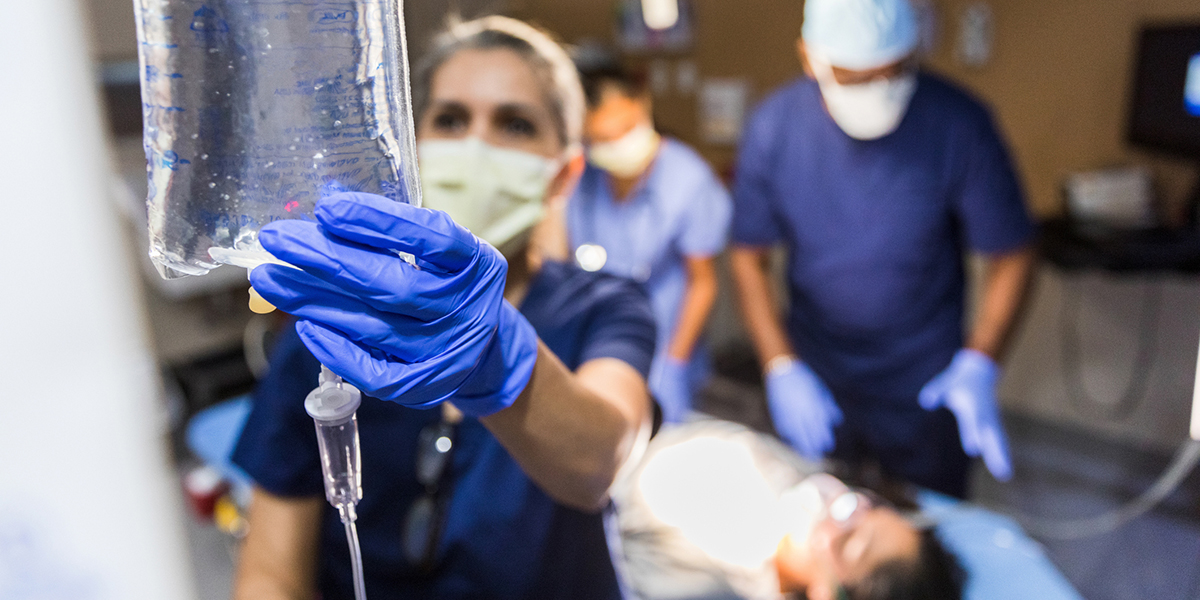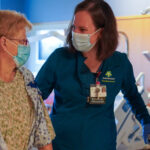
Emergency Medicine stands as the unsung hero of the medical world, providing swift and decisive care in critical moments when every second counts. This specialized field combines a dynamic blend of medical expertise, quick thinking, and the ability to adapt to diverse and challenging situations. From trauma and acute illnesses to unexpected medical crises, emergency physicians are the first responders who play a crucial role in stabilizing patients and orchestrating their journey through the healthcare system.
The Birth and Evolution of Emergency Medicine:
The roots of Emergency Medicine can be traced back to the mid-20th century when the need for specialized care for acute medical conditions became evident. Before the formalization of this discipline, patients seeking urgent care often faced delays in treatment due to a lack of dedicated emergency services. The landmark event in the establishment of Emergency Medicine was the publication of the White Paper, “Accidental Death and Disability: The Neglected Disease of Modern Society,” in 1966 by the National Academy of Sciences.
This report highlighted the pressing need for specialized training and facilities to address emergent medical situations. In response, the first official residency training program in Emergency Medicine was established in 1970, marking the formal recognition of Emergency Medicine as a distinct medical specialty.
The Role of Emergency Physicians:
Emergency physicians, often referred to as ER doctors, are highly trained medical professionals specializing in the assessment, diagnosis, and treatment of urgent medical conditions. Their expertise spans a wide range of medical fields, including internal medicine, surgery, pediatrics, and trauma care. This interdisciplinary knowledge equips them to handle diverse cases that present in the emergency department, from minor injuries to life-threatening conditions.
Key Responsibilities of Emergency Physicians:
- Triage and Rapid Assessment: Triage is a critical aspect of emergency care, determining the order in which patients are seen based on the severity of their condition. Emergency physicians excel in rapidly assessing patients, identifying immediate life threats, and initiating timely interventions.
- Stabilization and Resuscitation: For critically ill or injured patients, emergency physicians are trained to provide rapid stabilization and resuscitation. This includes airway management, administration of life-saving medications, and interventions to maintain vital organ function.
- Diagnostic Expertise: Emergency physicians must quickly and accurately diagnose a broad spectrum of medical conditions. Advanced diagnostic tools, such as imaging studies and laboratory tests, are often employed to aid in the diagnostic process.
- Procedural Skills: Emergency physicians are proficient in a variety of medical procedures, including suturing wounds, reducing dislocations, and performing emergency surgeries when necessary. These skills are essential for addressing a wide range of acute conditions.

The Emergency Department (ED):
The Emergency Department serves as the frontline of Emergency Medicine, providing a rapid response to individuals in need of urgent medical attention. It operates 24/7, 365 days a year, catering to a diverse patient population with varying medical needs. The ED is equipped with a range of resources, including trauma bays, resuscitation rooms, diagnostic imaging, and specialized equipment for emergent procedures.
Challenges in the Emergency Department:
- Overcrowding: Emergency departments often face the challenge of overcrowding, with patients seeking care for both urgent and non-urgent conditions. Overcrowding can lead to delays in treatment and increased stress on healthcare providers.
- Resource Management: Efficient resource utilization is crucial in the ED. Emergency physicians must make quick decisions regarding the allocation of resources, including staff, equipment, and medical supplies, to provide optimal care to patients.
- Psychosocial Factors: The ED is a unique environment where emergency physicians encounter patients in various states of distress. Addressing psychosocial factors, such as mental health crises and social determinants of health, adds another layer of complexity to emergency care.
Emerging Trends and Innovations:
- Telemedicine in Emergency Care: The integration of telemedicine in Emergency Medicine is transforming the way patients access care. Telemedicine allows for remote consultations, enabling emergency physicians to assess and provide guidance to patients before they arrive at the ED.
- Point-of-Care Ultrasound (POCUS): Point-of-care ultrasound is becoming increasingly valuable in the emergency setting. Emergency physicians use portable ultrasound devices to quickly assess and diagnose conditions such as trauma, cardiac emergencies, and abdominal pain.
- Simulation Training: Simulation training has become a cornerstone of education in Emergency Medicine. Simulated scenarios allow emergency physicians to hone their skills in a controlled environment, enhancing their ability to respond effectively to real-life emergencies.

Conclusion:
Emergency Medicine stands as a dynamic and essential component of the healthcare ecosystem, bridging the gap between urgent medical needs and specialized care. The evolution of this field has been marked by a commitment to rapid response, continuous education, and the integration of innovative technologies. Emergency physicians, as the unsung heroes on the frontlines of healthcare, navigate the complexities of emergent medical situations, ensuring that patients receive timely and effective care when they need it most. As the field continues to evolve, the collaboration between Emergency Medicine and other specialties, along with the embrace of emerging technologies, will further enhance the capacity to save lives and mitigate the impact of urgent medical crises.








